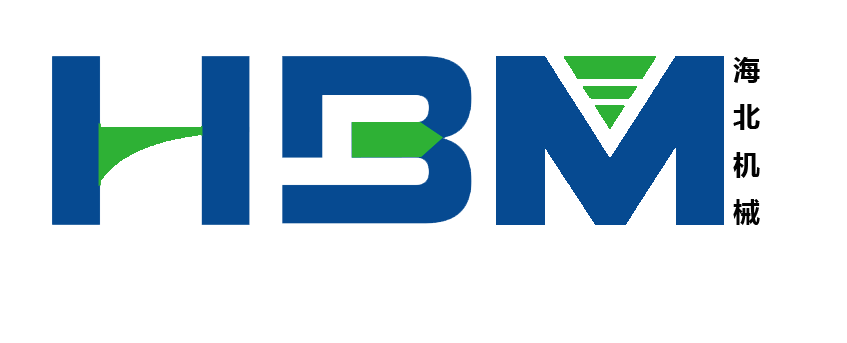Traditional mechanical water meters, due to their low accuracy, easy wear and tear, and inability to remotely transmit data, have become inadequate for the modern needs of water resource management. Against this backdrop, ultrasonic intelligent water meters, which integrate advanced sensing technology and Internet of Things (IoT) communication, have emerged. They are demonstrating remarkable performance and are becoming the core tool for water management transformation. So, what domains are these “intelligent water meters” applicable to? How do they reshape our water usage and management models? This article will provide you with a comprehensive analysis.
1. Residential Water Use: Smart Measurement, Convenient for the People
Ultrasonic intelligent water meters are widely used in water meter renovation and new construction projects in urban residential areas. They measure flow using the time difference principle and have no mechanical moving parts, fundamentally solving the measurement deviation and sensitivity decline problems caused by wear in traditional mechanical water meters. Through IoT communication technologies such as NB-IoT and LoRa, the water meters can automatically collect and remotely transmit water usage data, significantly reducing the cost of manual meter reading and eliminating estimation and error reading. Residents can also query their water usage status through mobile apps in real time, promptly detect abnormal water leakage, and water companies can utilize big data platforms to implement precise billing for tiered water prices, reminder for unpaid bills, and online payment functions, significantly enhancing water usage transparency and public service efficiency.
2. Industrial Water Use: Reliable Monitoring in Complex Conditions
In industrial production processes such as chemical, pharmaceutical, electronics, and food and beverage, water metering is not only related to cost control but also a key link in energy consumption management and clean production. Ultrasonic intelligent water meters can withstand high temperatures, high pressures, and corrosive liquids in complex medium environments and have wide range ratios and low starting flow characteristics, capable of accurately monitoring intermittent water flow and minor flow changes. Some models support bidirectional flow measurement, meeting the measurement requirements of systems such as cooling water and irrigation water. Combined with enterprise resource management systems (ERP), they can achieve horizontal balance testing, unit product water consumption analysis, and provide data support for water-saving technology renovations, environmental compliance, and other functions such as precise billing for overdue fees and online payment.
3. Commercial Building Water Use: Precise Operation and Energy Saving
In large commercial complexes, office buildings, hotels, schools, and other public buildings, the water usage structure is complex, with prominent demands for individual and functional area metering. Ultrasonic intelligent water meters can be integrated into building energy management systems to achieve independent metering and cost allocation for different water-using units such as air conditioning cooling towers, irrigation, and public restrooms. Their built-in high-sensitivity sensors can identify small flow leaks at night and actively report abnormal water usage alerts, helping property managers quickly locate hidden leaks and long-flowing water problems, effectively reducing water waste and economic losses caused by “leakage” and “waste”.
4. Agricultural Irrigation Water Use: Promoting Precision Agriculture and Water Saving Efficiency
In the field of efficient agricultural irrigation, ultrasonic intelligent water meters are gradually replacing mechanical water meters and becoming the standard configuration in modern irrigation areas. Their large-diameter design and low resistance characteristics are particularly suitable for agricultural main pipeline and branch canal metering, combined with field weather stations, soil moisture sensors, and automatic irrigation valves, can build an intelligent irrigation system for demand-based irrigation and quantitative water distribution. Through comprehensive analysis of irrigation water volume, time, and frequency data on the cloud platform, farmers can optimize irrigation systems, avoid excessive irrigation, improve water and fertilizer utilization efficiency, and provide infrastructure support for water-saving agriculture and smart farms.
5. Urban Water Supply Network Management: The Core Perception Layer of Smart Water Management
In urban water supply systems, ultrasonic intelligent water meters, as key flow monitoring devices at pipeline nodes, play the role of “smart eyes”. Installed in metering areas of water supply zones, pump station entrances and exits, and distribution pipelines, they can monitor parameters such as flow, pressure, and water temperature in real time. Combined with artificial intelligence algorithms, they can quickly locate and warn of pipeline leakage. The water supply company uses the big data platform to visually understand the temporal and spatial distribution patterns of water usage throughout the city, optimize scheduling decisions, balance supply and demand pressures, and reduce the production and sales gap rate. This significantly improves the operational efficiency and emergency response capabilities of the water supply system.
In summary, the ultrasonic intelligent water meter, with its outstanding features of high precision, long lifespan, strong adaptability, and data interconnection, has surpassed the traditional “measurement tool” category and has become an important part of the digital upgrade of urban infrastructure. From people’s livelihood services to industrial production, from commercial energy conservation to agricultural water saving, and to the construction of smart water supply, it is deeply integrated into the entire chain of water resource management, providing solid technical support for promoting sustainable water use and building a water-saving society.
